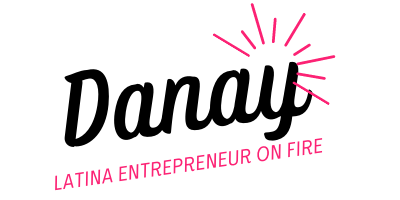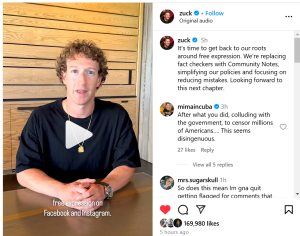I never thought I’d see the day when talking to a computer would pay more than actually coding one. But here we are.
Just last week, my friend’s 12-year-old kid, Marco made more editing TikToks with AI than I did at my first summer job. That’s when it really hit me, if you’re still chasing the old-school version of success, it’s time to catch up. The game has changed, and AI isn’t taking jobs, it’s creating new ones for people who know how to use it right.
Let’s talk about what that really means for you, for me, and for the future of work.
Why “AI Power Users” Are the New High Earners
Here’s the wild truth; the next wave of high earners won’t be programmers or engineers. They’ll be AI power users, the ones who know how to get AI to do exactly what they need.
I learned this the hard way when I first started using AI for my own businesses. I typed in “Create a comprehensive business plan” and got something that looked like a cross between a pancake recipe and a TED Talk transcript. Useless.
That’s when I realized; the value isn’t in the tech, it’s in how you talk to it.
Think of it this way, being fluent in AI communication is now like knowing Excel in the ‘90s or coding in the early 2000s.
Workers with AI literacy are seeing salaries jump 20%, 50%, even 70%. Why? Because companies desperately need people who can bridge the gap between human goals and machine output.
The Secret Skill: Prompt Engineering
This is the skill that separates the “meh” results from the money-makers. Prompt engineering isn’t just asking a chatbot a question; it’s knowing how to guide it.
Here’s the structure I use with my team:
- Define the Role: Tell AI who to be. “Act as a seasoned media buyer” or “act as a financial analyst.”
- Provide Context: Share examples of great work so it knows what “good” looks like.
- Be Specific: Don’t say “make a plan.” Say, “Identify the top 3 revenue bottlenecks and rank them by impact.”
- Request the Format: Tell it how you want the output; bullets, spreadsheet, summary, etc.
It’s simple but powerful, and it’s a big reason my team gets results faster and cleaner than ever before.
Making Money with AI in Unexpected Places
AI isn’t just for tech people. It’s showing up in design, marketing, video, and entrepreneurship.
1. AI for Non-Coders
Tools like Replit, Cursor, and Retool let you build software without knowing how to code. You can literally tell AI what you want to create, and it walks you through the process.
2. AI in Design
Remember those nightmare AI images with six fingers? That was last year. Now, tools like Midjourney and Photoshop AI create professional designs in minutes.
You don’t need to be a designer; you just need to know what you want and how to describe it.
3. AI for Video Creators
Marco is proof. He uses Firecut and Opus Clip to edit YouTube videos for gaming creators. The software does the technical stuff, and he focuses on the fun part, making it pop.
People are charging $100–$200 an hour for creative work that used to take full teams. The difference? AI makes it possible to scale your creativity.
The New Art of Writing: AI-Powered Storytelling
Now this one hits home for me.
As someone who writes and reviews A LOT of content for a living, I used to side-eye AI writing tools. But what I’ve learned is that the real value isn’t in having AI write for you; it’s in having it assist you.
My content team records my talks, strategy calls, even random rants over cafecito. Then they feed it all into AI tools that extract quotes, lessons, and stories. That’s how blog posts, newsletters, and social content get created in a fraction of the time, without losing my voice.
The result? More authenticity, less burnout.
Here’s the magic trio of AI writing skills that pay:
- Extraction: Turn long recordings into golden soundbites and post ideas.
- Ideation: Generate new concepts based on what’s already resonated.
- Creation: Train AI models to write in your exact tone and brand voice.
That’s how top content creators are building six-figure AI-powered businesses, and yes, you can too.
The Bottom Line
AI isn’t replacing people, it’s amplifying those who learn to work with it.
If you want to future-proof your career (and make more doing it), don’t rush to learn coding from scratch. Learn to communicate with AI. Learn to be curious, creative, and unafraid to experiment.
The real money? It’s in how you wield AI, not whether you can build it.
So, the next time you hear someone panic about “AI taking jobs,” just smile and remember;
it’s not about being replaced, it’s about being ready.







 Noticias Newswire
Noticias Newswire 

